Date: April 15, 2010
Time: 1:00–2:30 PM ET
Cost: All T3s are free of charge
PDH: 1.5. — Webinar participants are responsible for determining eligibility of these PDHs within their profession.
Register On-line
Contact the T3 Administrator
T3 Webinars are brought to you by the ITS Professional Capacity Building Program (ITS PCB) at the U.S. Department of Transportation‘s (USDOT) ITS Joint Program Office, Research and Innovative Technology Administration (RITA). Reference in this webinar to any specific commercial products, processes, or services, or the use of any trade, firm or corporation name is for the information and convenience of the public, and does not constitute endorsement, recommendation, or favoring by U.S. Department of Transportation.
 Webinar Description
Webinar Description
The Intelligent Transportation Systems Joint Program Office (ITS JPO) of the U.S. Department of Transportation (USDOT) has developed online ITS Knowledge Resources for decision making support. The major objectives on these online tools are to:
- Capture ITS costs, benefits and lessons learned from experiences of stakeholders in their planning, deployment, operations, maintenance, and evaluation of ITS.
- Provide all ITS stakeholders with convenient access to costs, benefits and lessons learned knowledge so that they can make informed decisions in their future ITS actions.
The ITS Knowledge resources include the ITS Benefits Database (www.itsbenefits.its.dot.gov), the ITS Costs Database (www.itscosts.its.dot.gov), and the ITS Lessons Learned Database (www.itslessons.its.dot.gov). The U.S. DOT’s ITS Professional Capacity Building (PCB) Program is sponsoring a T3 (Talking Technology and Transportation) webinar to show ITS professionals how to use these databases to help stakeholders make better informed decisions.
This webinar will show participants how to use the databases and knowledge resources available through a “live” demonstration that features the websites. Following the demonstration of each of the ITS Benefits, Costs and Lessons Learned databases, participants will engage in interactive exercises where participants will use the knowledge resources to solve test case problems and respond to polling questions.
In addition, presenters will introduce new enhancements to the unit cost database that provide sample project costs. Participants will have an opportunity to provide comments about the new features.
Audience
Anyone involved in planning, implementation, and operation of ITS systems, including Federal, State, and local transportation professionals.
Learning Outcomes
- Ability to use the ITS Knowledge Resources to find information on ITS costs, benefits and lessons learned.
- Understanding how the ITS Knowledge Resources can help stakeholders make informed decisions in planning, deployment, operations, maintenance, and evaluation of ITS.
- Provide comments on the new unit costs enhancements.
Host:
Marcia Pincus, Program Manager, Environment (AERIS) and ITS Evaluation, ITS Joint Program Office
Marcia Pincus is currently the Program Manager, Environment (AERIS) and ITS Evaluation, for the ITS Joint Program Office at USDOT. Marcia joined the ITS JPO six years ago, and has over 15 years experience as an ITS policy analyst and program manager in the public, private, and academic sectors.
Presenters:
Firoz Kabir, Principal, Noblis
Firoz Kabir is a Principal with Noblis in Washington, DC. He has over 24 years of experience in Intelligent Transportation Systems (ITS) and transportation engineering. He has been a consultant to public- and private-sector organizations for a wide range of projects that have encompassed regional transportation planning, highway design, ITS architecture, transportation knowledge resource development, and advanced technology implementation planning for traffic and transit systems. He has conducted research for U.S. DOT, the New Jersey DOT, and the Florida DOT in the areas of traffic operations and transportation safety. Firoz holds a BS in Civil Engineering from the Indian Institute of Technology (Mumbai), an MS in Civil Engineering from the New Jersey Institute of Technology and an MBA from the Johns Hopkins University.
Cheryl Lowrance, Principal Intelligent Transportation Systems (ITS) Engineer, Noblis
Cheryl Lowrance is a Principal Intelligent Transportation Systems (ITS) Engineer with Noblis supporting the Research and Innovative Technology Administration (RITA), ITS Joint Program Office. She has 25 years of experience in traffic engineering and traffic management including project management, design and implementation of traffic signals, traffic signal systems, and freeway surveillance systems. Cheryl currently provides leadership for the ITS Program Assessment Knowledge Resources, Benefits and Costs databases. Activities include researching and writing content; leading the development of improvements to the websites; making presentations to industry leaders on the resources available for planning, design, and implementation; and responding to quick task assignments from the client pertaining to benefit and cost inquiries. She has a BS in Civil Engineering from Tennessee Technological University.


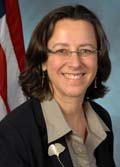

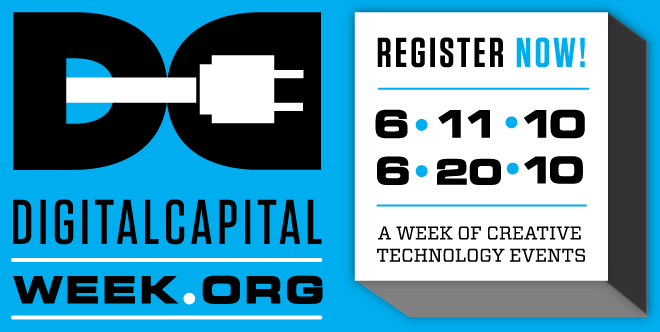







![Reblog this post [with Zemanta]](http://img.zemanta.com/reblog_e.png?x-id=aa281478-895c-4658-a661-5b414cc72bf5)
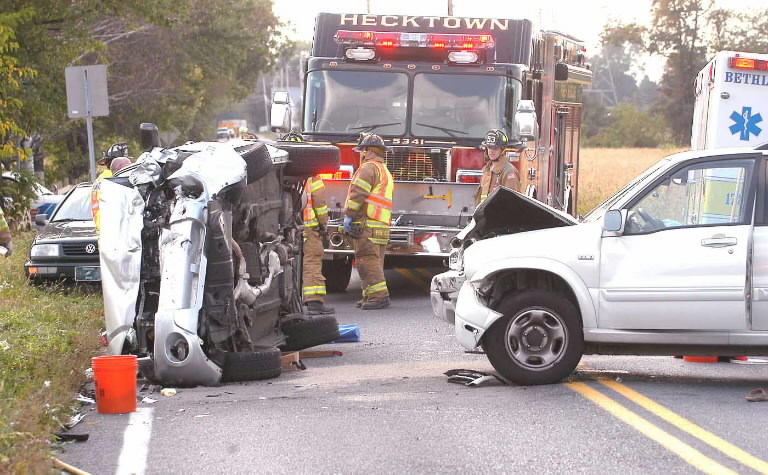
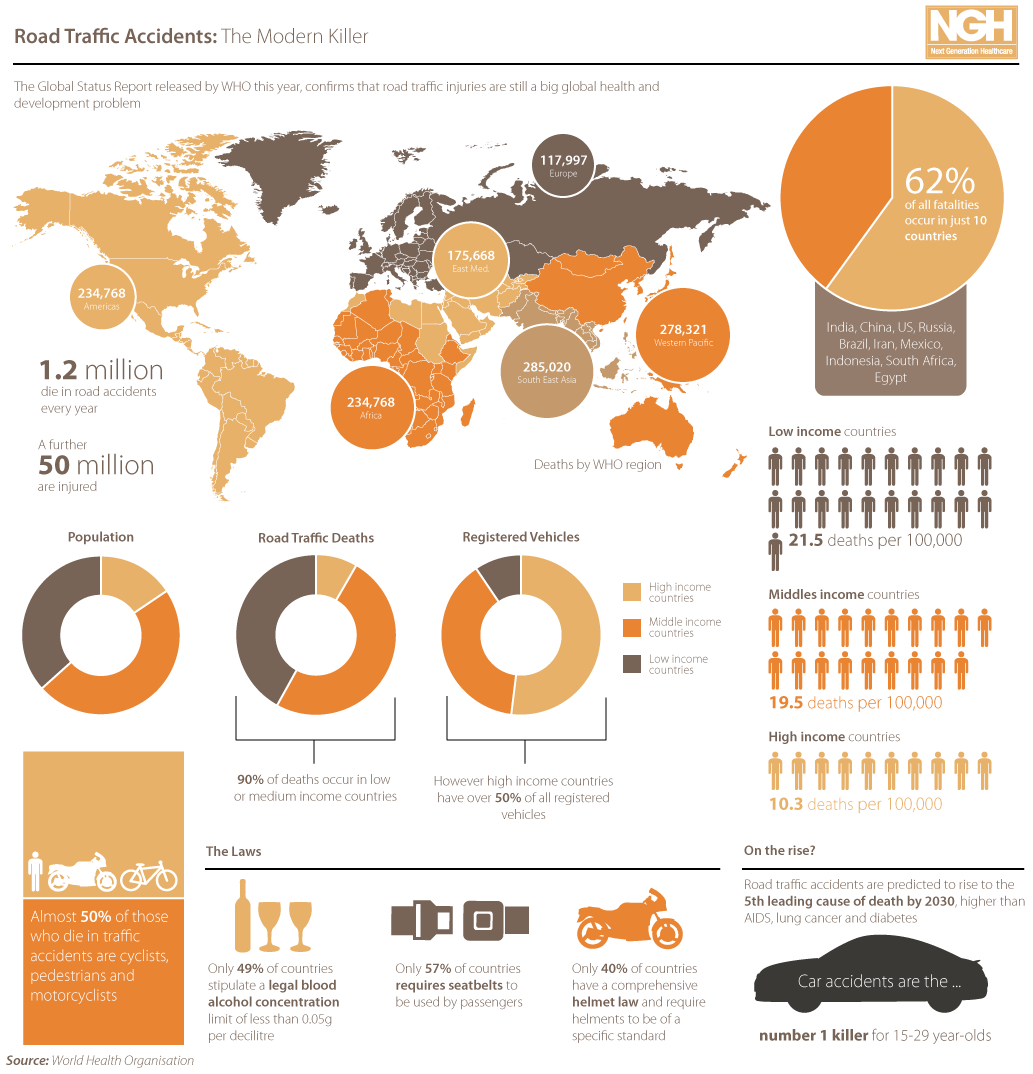
![Reblog this post [with Zemanta]](http://img.zemanta.com/reblog_e.png?x-id=55aaa725-f2ea-4180-a942-30a3743e2cd9)
![Reblog this post [with Zemanta]](http://img.zemanta.com/reblog_e.png?x-id=99f8c45e-ef58-406f-acaa-5df5f4ea658f)
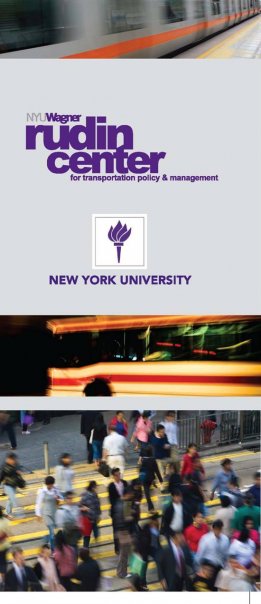
![Reblog this post [with Zemanta]](http://img.zemanta.com/reblog_e.png?x-id=d9aa800a-f768-4d52-b912-c12920aa4031)

![Reblog this post [with Zemanta]](http://img.zemanta.com/reblog_e.png?x-id=a1337825-47fa-47f5-8efc-1b21f7e0c33c)

![Reblog this post [with Zemanta]](http://img.zemanta.com/reblog_e.png?x-id=9af4ab5d-ae0a-424f-b74a-c2826cb3f23c)